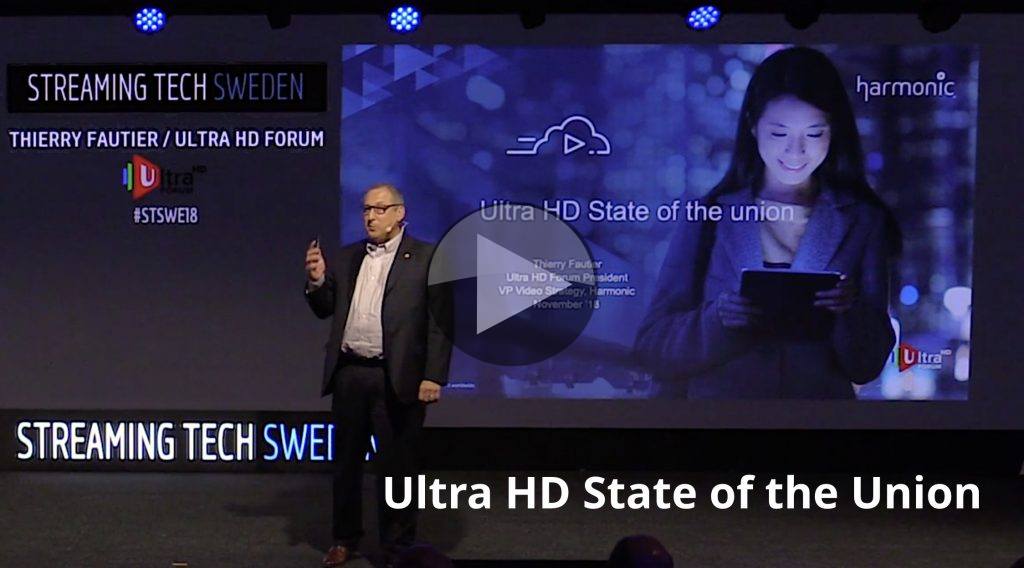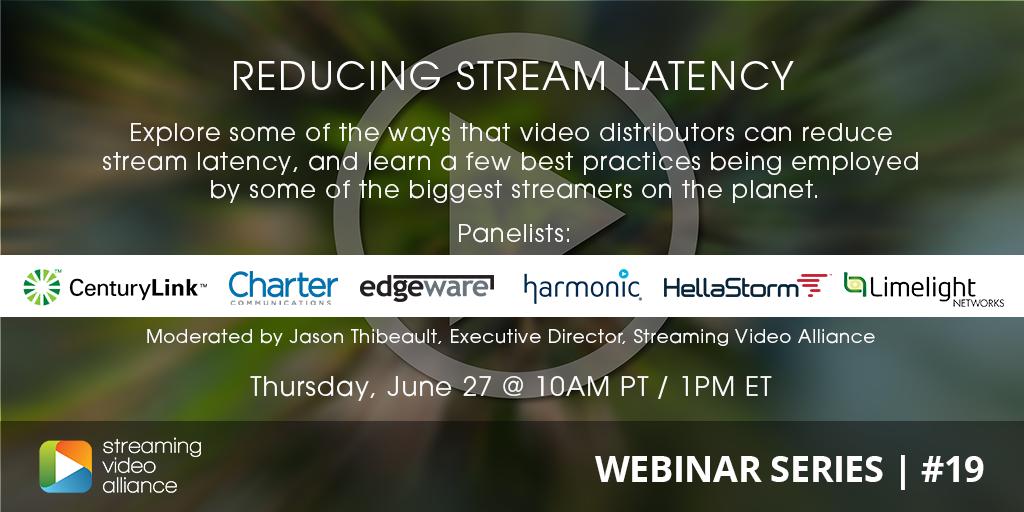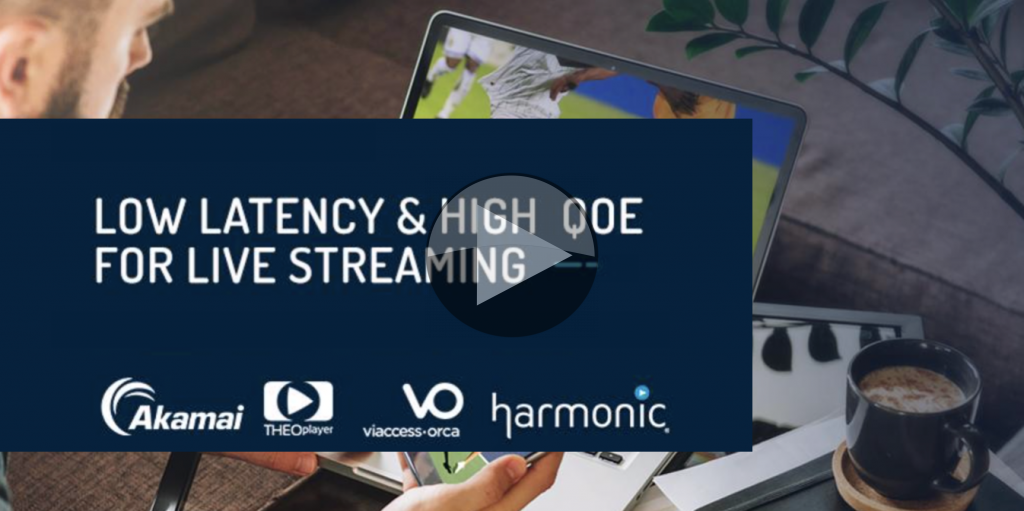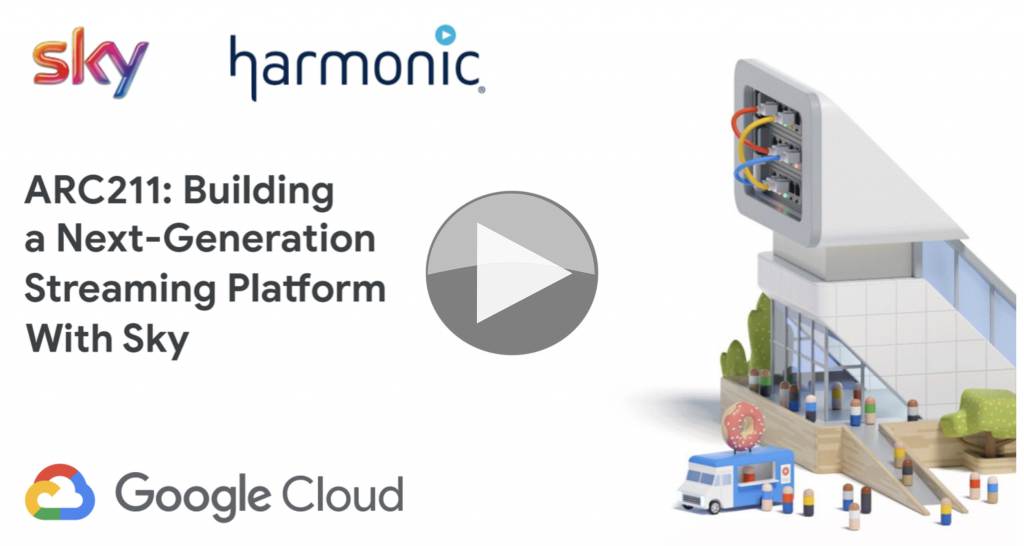
Google Cloud, also called GCP – Google Cloud Platform, continues to invest in Media & Entertainment at a time when many broadcasters, having completed their first cloud projects, are considering ways to ensure they are not beholden to any one cloud provider.
Google’s commitment is evident in their still-recent appointment of ex-Discovery CTO John Honeycutt, this month’s announcement of Viacom’s Google Cloud adoption and the launch of their ‘deploy on any cloud platform’ service called Anthos (official site)
So it’s no surprise that, here, Google asked UK broadcaster Sky and their technology partner for the project, Harmonic Inc., to explain how they’ve been delivering channels in the cloud and cutting costs.
Melika Golkaram from Google Cloud sets the scene by explaining some of the benefits of Google Cloud for Media and Entertainment making it clear that, for them, M&E business isn’t simply a ‘nice to have’ on the side of being a cloud platform. Highlighting their investment in undersea cable and globally-distributed edge servers among the others, Melika hands over to Sky’s Jeff Webb to talk about how Sky have leveraged the platform.
Jeff explains some of the ways that Sky deals with live sports. Whilst sports require high quality video, low latency workflows and have high peak live-streaming audiences, they can also cyclical and left unused between events. High peak workload and long times of equipment left fallow play directly into the benefits of cloud. So we’re not surprised when Jeff says it halved the replacement cost of an ageing system, rather, we want to know more about how they did it.
The benefits that Sky saw revolve around fault healing, geographic resilience, devops, speed of deployment, improved monitoring including more options to leverage open source. Jeff describes these, and other, drivers before mentioning the importance of the ability to move this system between on-premise and different cloud providers.
Before handing over to Harmonic’s Moore Macauley, we’re shown the building blocks of the Sky Sports F1 channel in the cloud and discuss ways that fault healing happens. Moore then goes on to show how Harmonic harnessed their ‘VOS’ microservices platform which deals with ingest, compression, encryption, packaging and origin servers. Harmonic delivered this using GTK, Google Cloud’s Kubernetes deployment platform in multiple regions for fault testing, to allow for A/B testing and much more.
Let’s face it, even after all this time, it can still be tricky getting past the hype of cloud. Here we get a glimpse of a deployed-in-real-life system which not only gives an insight into how these services can (and do) work, but it also plots another point on the graph showing major broadcasters embracing cloud, each in their own way.
Watch now!
Speakers
 |
Jeff Webb
Principal Streaming, Architect
Sky
|
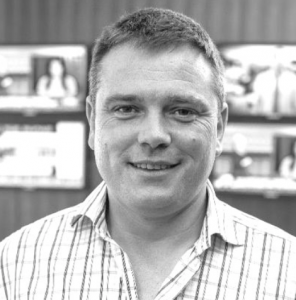 |
Moore Macauley
Director, Product Architecture
Harmonic
|
 |
Melika Golkram
Customer Engineer,
Google Cloud Media
|


